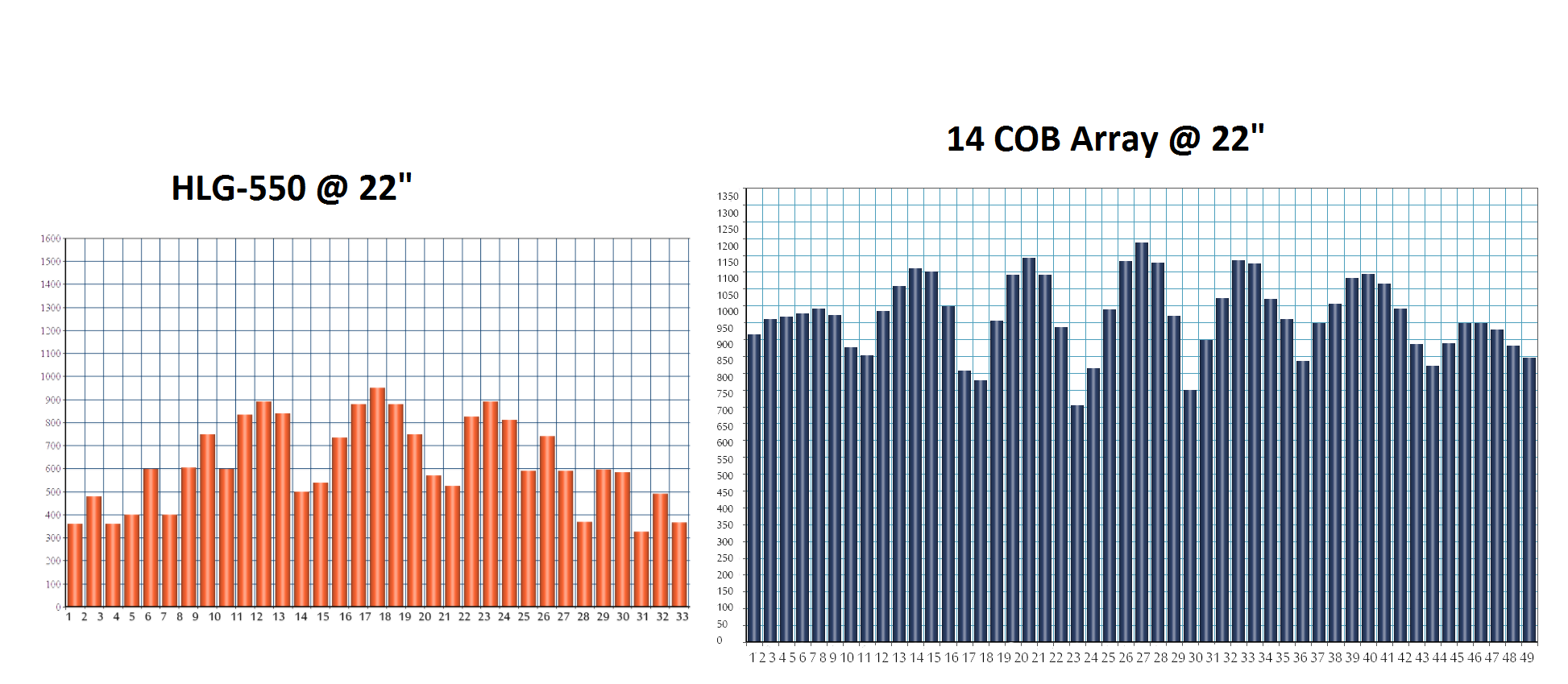1000w going through 70% efficient LEDs will lose 30% to heat, that same 1000w through a MH or HPS bulb at 55% efficiency, will convert 45% to heat.

if you read that vice versa you get the ~ right numbers.
led: 25-30% light
MH or HPS bulb: 20-25%
there will ! never ! be a led chip with 70% light efficiency
and today you will be lucky to find a 30% efficiency of the produced light.
as i watercool my leds - i know it`s pretty simple to ~ messure the produced heat.
have a look to this thread - to get a better idea:
https://www.rollitup.org/t/watercooled-smart-ic-cob-led-build.943904/page-5#post-13732745
greetings
@wietefras --- i guess you still lack the money and/or the courage to buy condoms...
the tiny fraction of weed can be oily and greasy and > 20% THC
we know 1KG of dry firewood can reach 4-5KWh / KG
is it possible to account al the energy transformed by a plant ?
- if your calculations get very complete - this energy gets bigger and bigger.
eg. how to calculate an amount of energy, the plant needs to stay alive -
and maintaine metabolism
like bringing up quantities of water from the soil to the top during live ?
or changing O² into CO² during the night ....what power to open and close stomata ?
- and all the 1001 procedures of different chemistry that are even not entirely dismasked by science.
I use - to estimate the inverted watts:
veg / day 1-21 / 18h / 9 plants / 1sqf / 30W ----- 11,34 KWh
"--/---" 21-35 "---/----" 2 " 60W ----- 15,12 "
"---/---" 35-49 "---/----" 4 " 150W ----- 37,80 "
"---/--- " 49-63 "---/-- " 8 " 300W ----- 75,60 "
bloom/day 63-126/12h " 10 " 350W ----- 264,60 "
bloom + veg/day1-126/ 1890h ~ 214W ----- total 404,46 KWh
i harvested ~ 350g of dry buds - maybe + stems, leaves and roots are a total 1-2KG of dry material. ---> up to ~ 10KWh of stored calories.
As my led lamp is watercooled - i know, that from the back-side of my led chip i`m able to rewin
~60% of the electr. input(404,46KWh) as heat power in my heatexchanger.
~40% must be emitted as heat + light on the front-side LES.
Wrapped in the condom you see very efficient CREE XTE royal blue @ low current -
and i found ~80% of heat power inside.
LES with hot, phosphored silicone can reach temp. > 100°C @ full load -
so there must be an important amount of heat and i estimate, that it is 20% light + 20% heat.
20% of 404,46KWH = ~80KWh shared lightpower between the plant- and the room-surface.
With seedlings it`s unpossible to reach good surface coverage of the green, in relation to the rest of the grow area.
Even later when the plants stand in a closed and dense formation - it seems that they capture only a max. ~ 80% of the emitted photons - there will be always lightpower heating the soil, walls and even the roof... a bit.
Animals and we need ~ 10KG of eg. soja beans with high proteins to build up 1KG of meat.
If then plants need around ~50KWh light to build up ~5KWh of calories - i wouldn`t be surprized to see plants even more efficient in using their nutrients - than cows or we do.

 if you read that vice versa you get the ~ right numbers.
if you read that vice versa you get the ~ right numbers.
